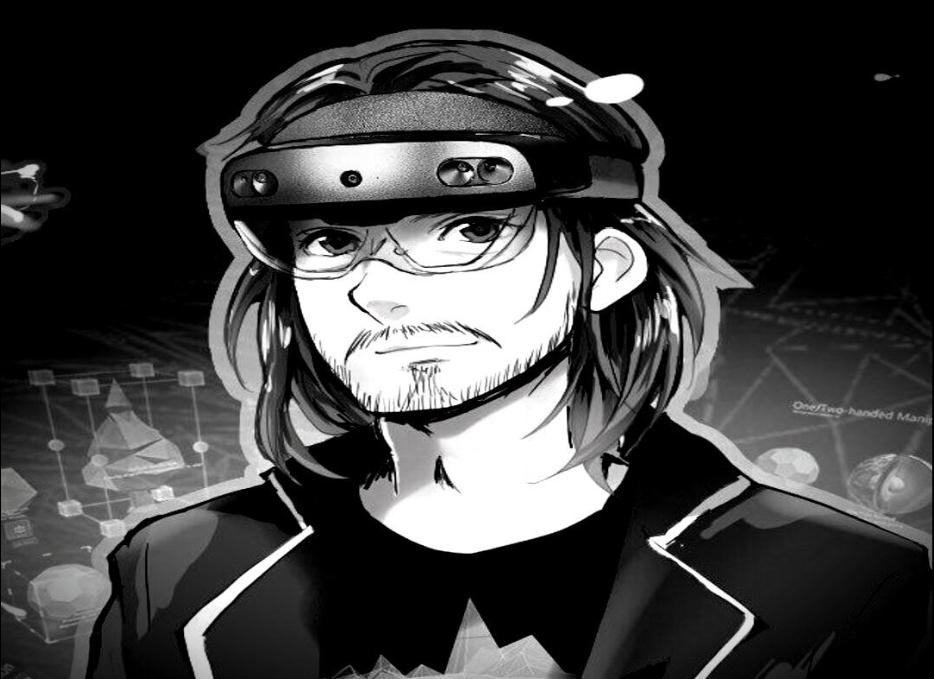Many people were naysayers—if not leery—of what the existence of the metaverse would bring about both socially and technologically, but Alex Kipman knew it was meant to be. Much like the advent of smartphones, the metaverse is quickly seeing considerable developments and an exponentially high number of users. As a combination of augmented reality (AR) and virtual reality (VR), the term mixed reality is often used to describe the metaverse environment.
While gamers are relatively familiar with this technology, others may not realize they are even a part of this physical and virtual world. However, even businesses and firms are spending time and money investing in enhancing user experiences within the metaverse. Here’s more on this concept and what it means concerning human psychology, interactions, and communications now and in the future.
The Significance of the Metaverse & How It Works
The metaverse is designed to serve as a social environment where avatars can interact virtually with others within their circles in real-time from all parts of the world. Some avatars may be teachers, students, co-workers, friends, or even AI virtual assistants that can aid in the work one does.
Researchers think that communication could actually be made to feel more realistic and natural than video conferencing. This is because users can include parts of their “real life” space in their metaverse setting. This means that users can build their domain with buildings, sporting courts, stadiums, and other installations.
This makes technology more useful in the realm of envisioning and laying out architectural designs and structures that can be planned for “real-world” applications and creations. Furthermore, many claims that the metaverse creates a more fluid digital work and plays environment, as it can be accessed anytime users want.
Amazing Practical Applications the Metaverse Supports
Speaking of the “real world,” besides meetings and communing for gameplay, the metaverse offers an array of possibilities for use in practical applications. Much like the use of drones and robotic machines, people can control exoskeletons to achieve certain tasks. This has proven useful to military and law enforcement personnel by allowing them to manage emergency and tactical situations from afar.
One of the most innovative uses of mixed reality concepts is that it can allow medical treatments like surgery to take place over vast distances. Doctors can remotely control equipment during operations that are synchronized with their actions. This is where VR gloves along with headsets become essential to making the most of the metaverse.
Another way people and businesses are maximizing the potential of the metaverse involves digital asset transactions. Blockchain and cryptocurrencies are simpler to exchange, making this a popular application utilized by retailers, banks, real estate professionals, and financial traders.
Alex Kipman Helped Make the Metaverse Possible
While the metaverse is certainly impacting social interactions by making communications from a distance possible, this technology has a number of benefits that make it worthwhile. According to Alex Kipman, these human connections will be more durable and span across space and time.
In essence, the metaverse isn’t intended to be a substitute for “real life” but rather a tool to supplement reality. Connect with Alex on LinkedIn to learn more about his multiple patents, talents, and successes in the mixed reality industry.

